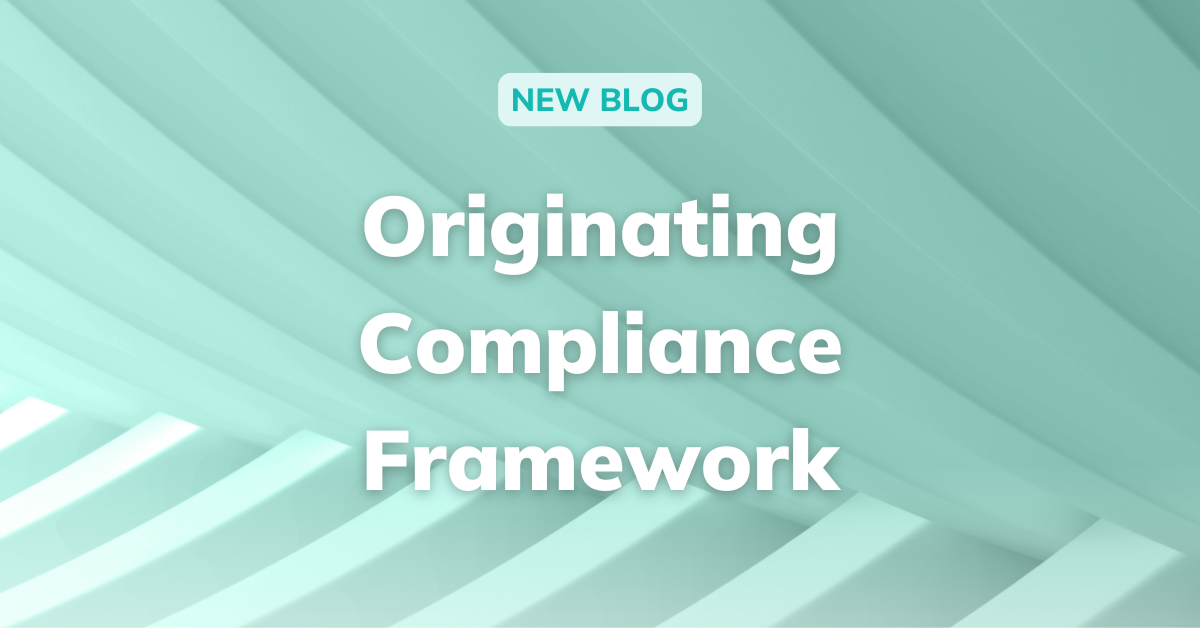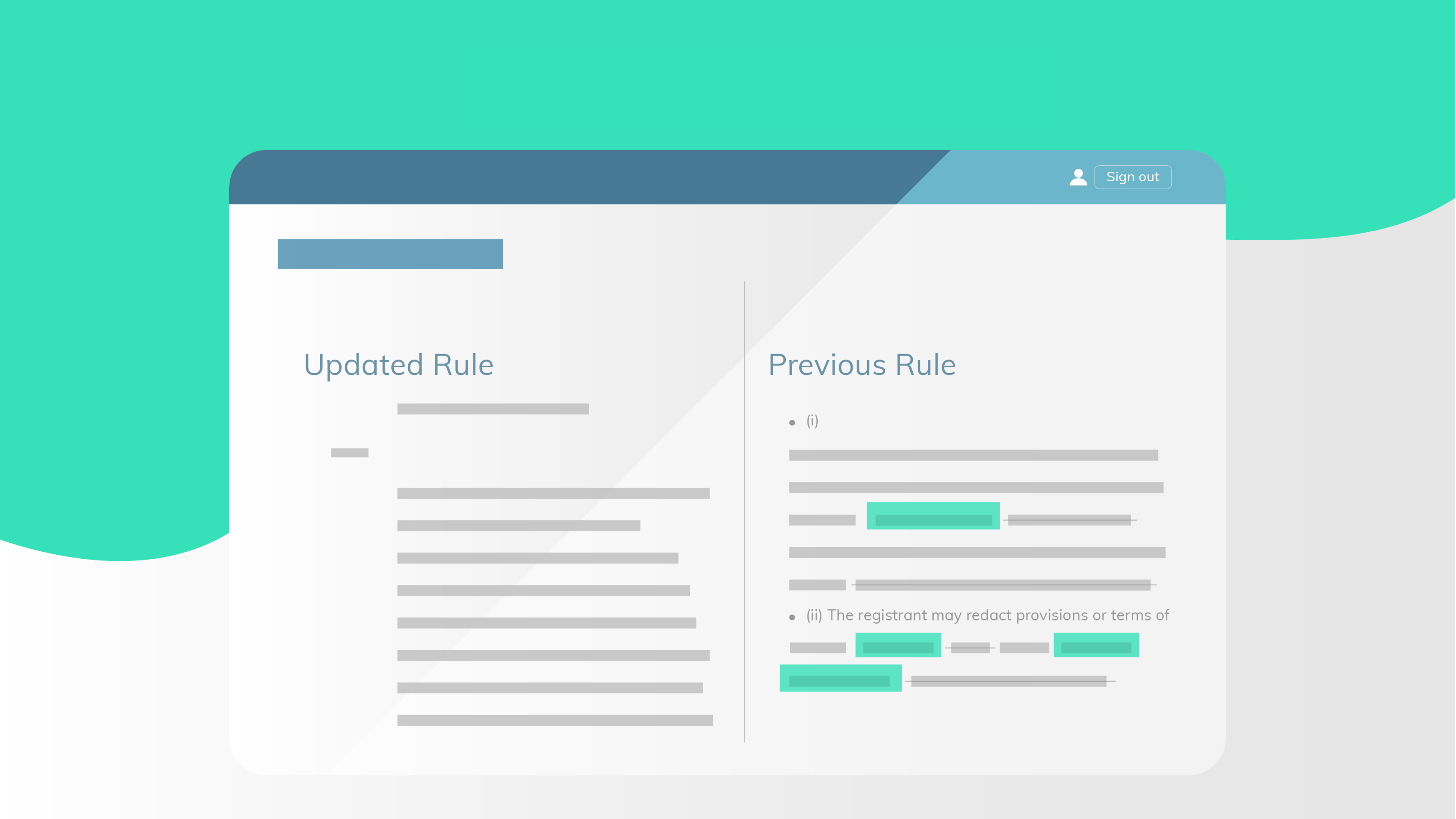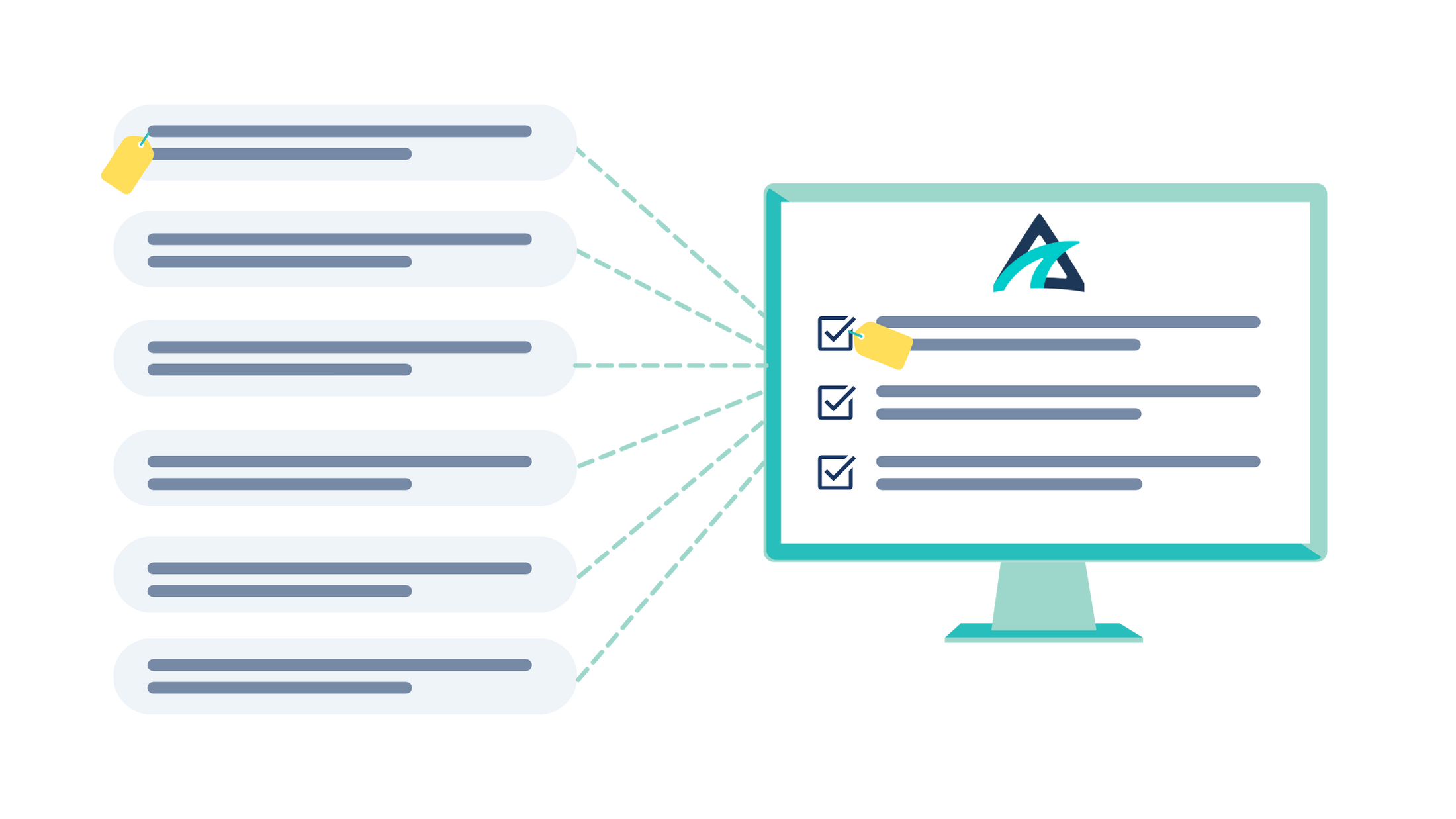Ascent Blog

8 Jul 2025
Automate identification of your regulatory obligations
What are regulatory obligations? Regulatory obligations are an affirmative duty on an organization to complete, or refrain from, a set...

6 May 2025
Originating Compliance Framework
The first step in managing your regulatory lifecycle The regulatory lifecycle includes the processes and procedures that keep your organization...

15 Apr 2025
A New Paradigm for Regulatory Change Management
Most compliance tools rely on a document-based, top-down approach. They begin with the regulatory document, providing you with the raw...

9 Apr 2025
Regulatory mapping is key to compliance. Are you doing it effectively?
Regulatory mapping may mean different things to different organizations, but new RegTech tools can help you more accurately and efficiently...

1 Apr 2025
Automating and maintaining financial services regulatory compliance
Knowledge is power. But how do you create knowledge? You could have all the information in the world at your...

27 Mar 2025
The Not So Hidden Costs of Compliance
The average financial firm has six lines of business to monitor, each with its own set of goals, restrictions, and...